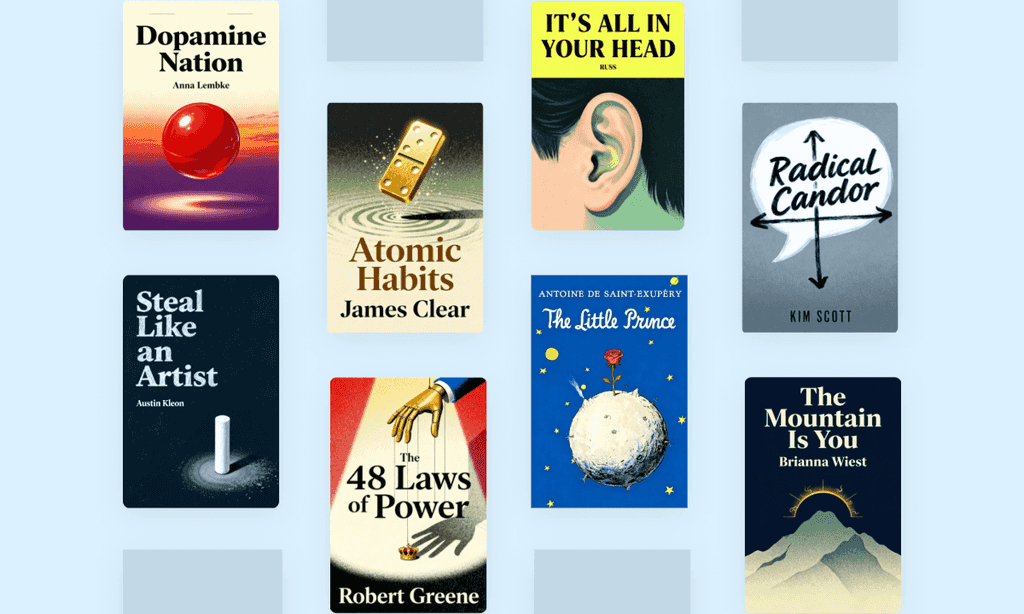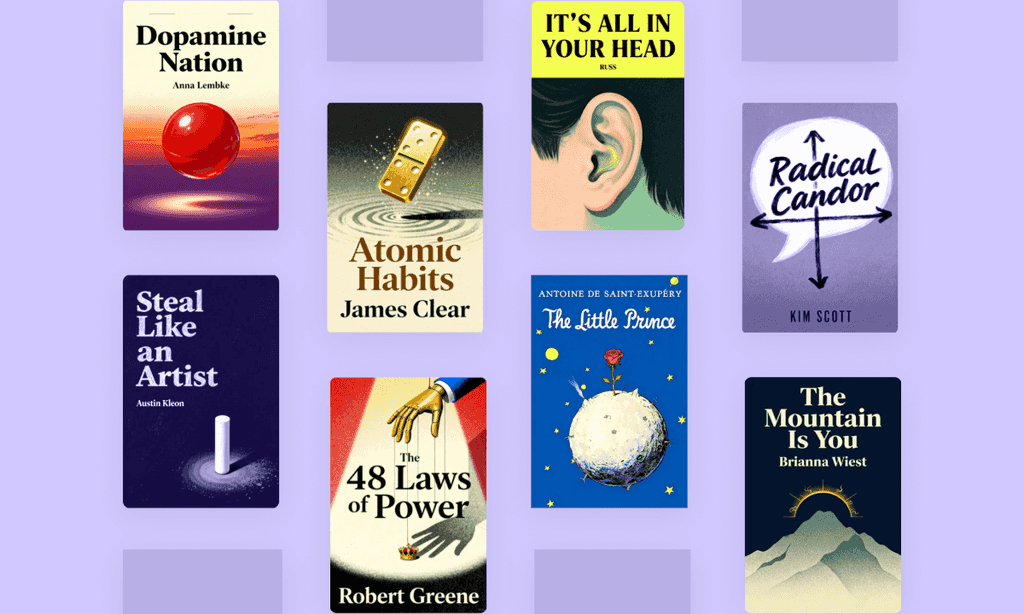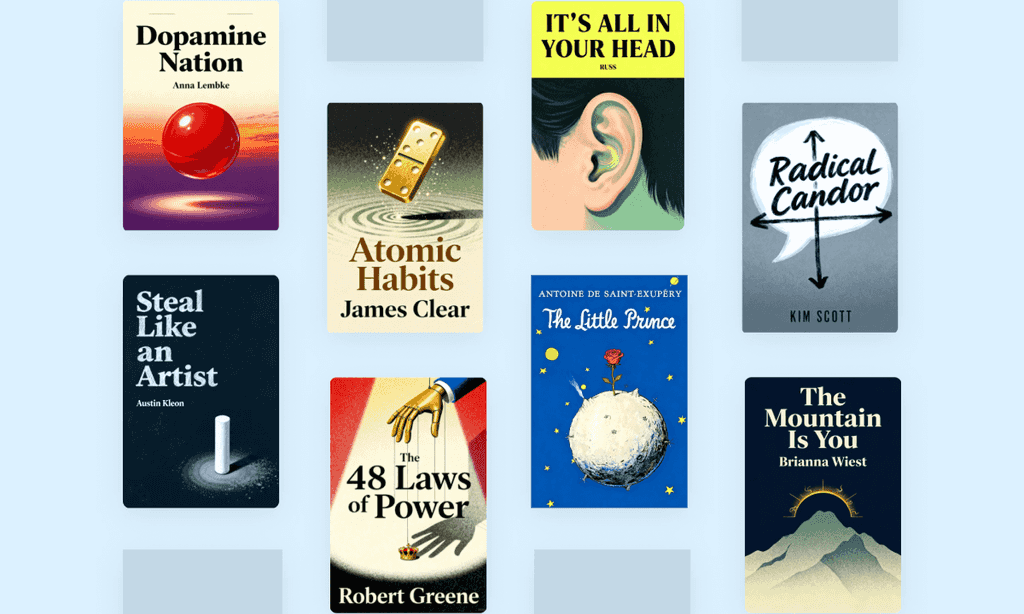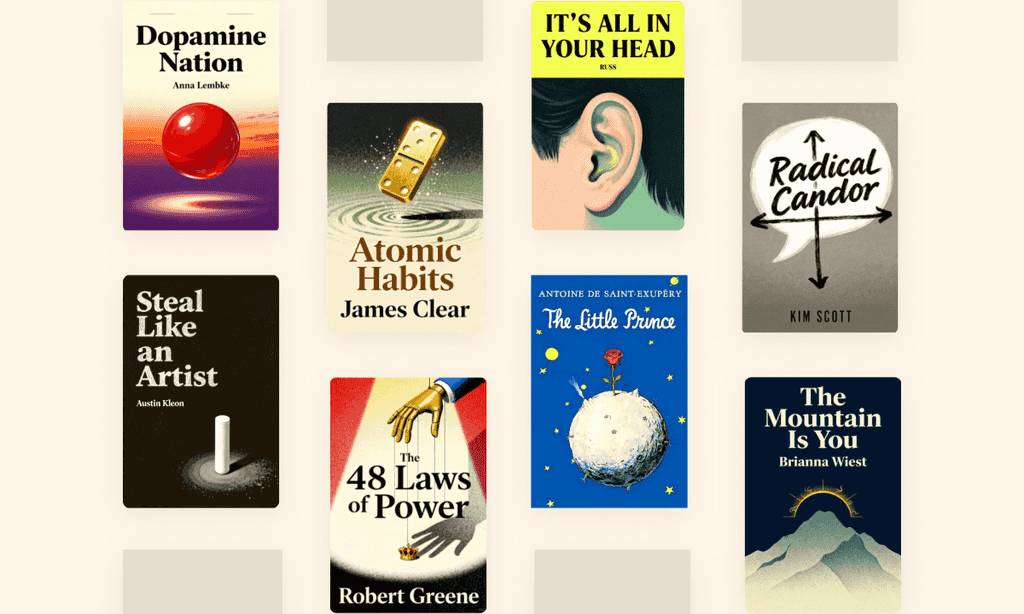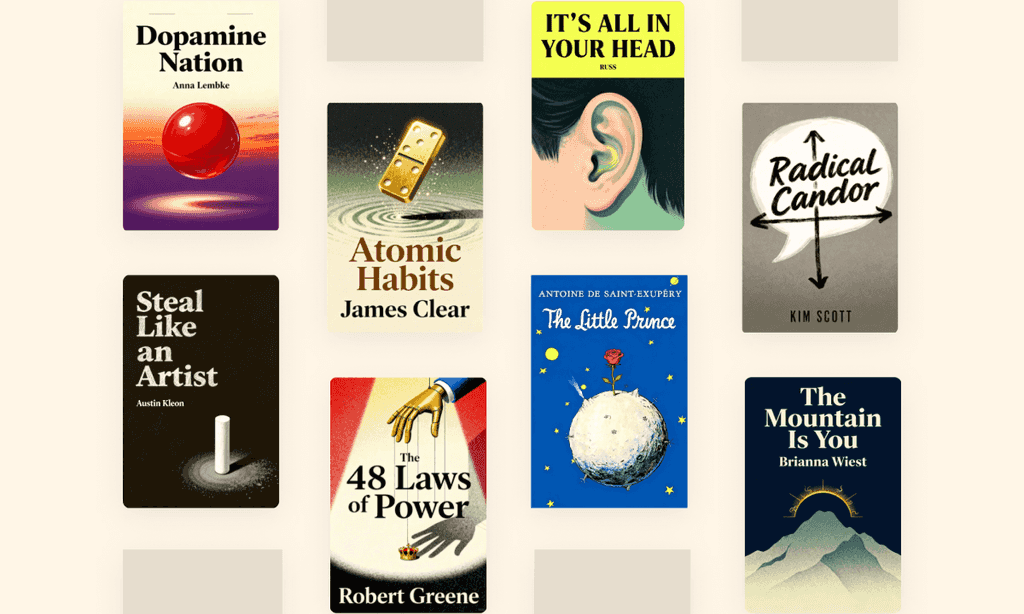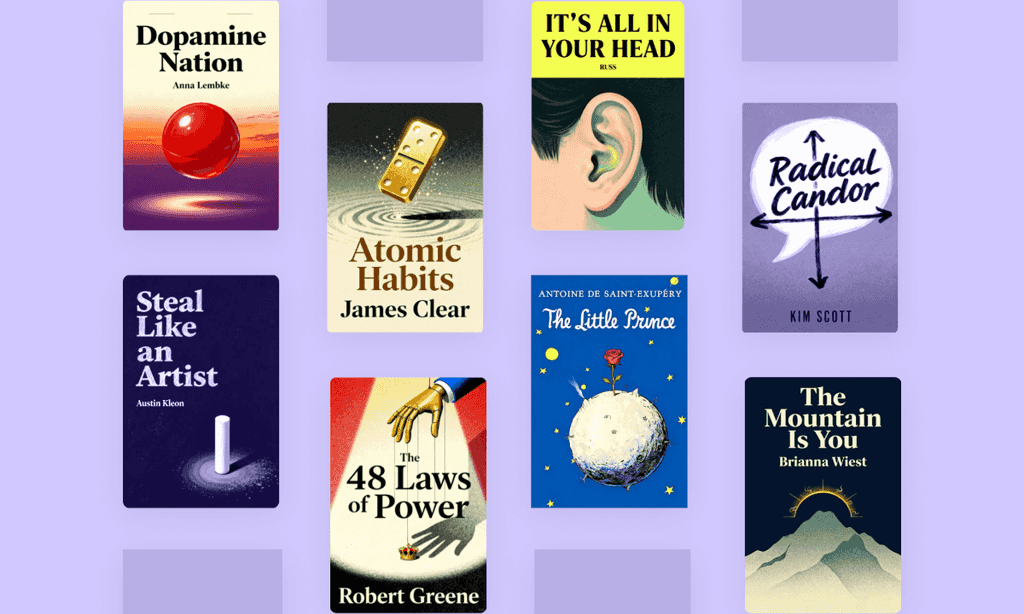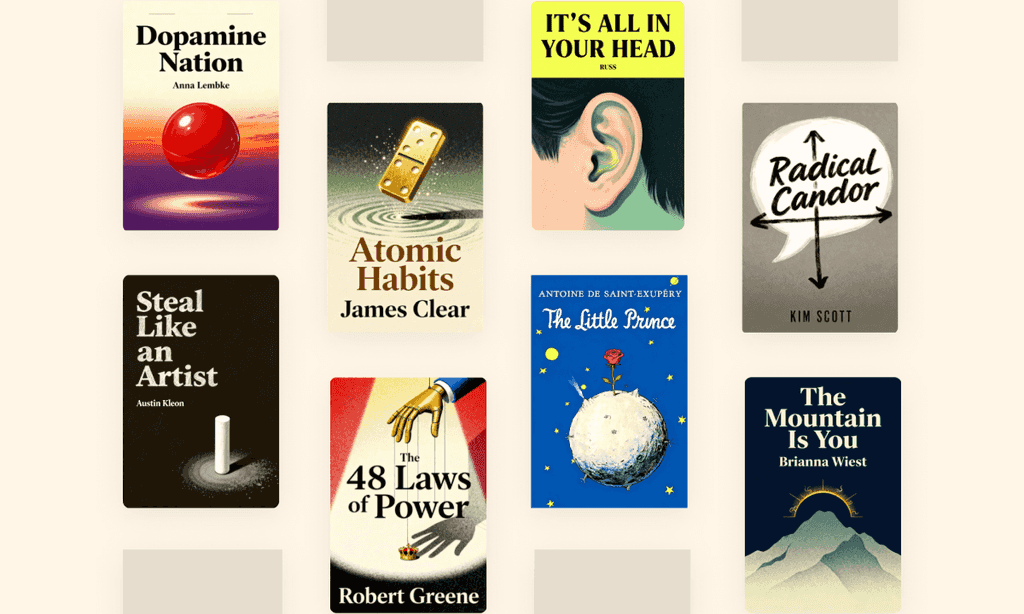Dopamine Nation by Anna Lembke

Overview of Dopamine Nation
In "Dopamine Nation," Dr. Anna Lembke reveals how our pleasure-seeking world fuels addiction. This New York Times bestseller, praised by "Dopesick" author Beth Macy as "brilliant and scary," offers radical strategies for finding balance in an age where our primal brains can't resist digital dopamine hits.
About its author - Anna Lembke
Anna Lembke, MD, is the New York Times bestselling author of Dopamine Nation: Finding Balance in the Age of Indulgence and a Stanford University professor of psychiatry specializing in addiction medicine.
A clinician-scholar with over 50 peer-reviewed publications, her work bridges neuroscience and behavioral health, exploring compulsive overconsumption in a world of abundant dopamine triggers. Her 2016 book, Drug Dealer, MD, was hailed by the New York Times as essential reading on the opioid crisis.
Lembke’s expertise extends to media, including her appearance in Netflix’s The Social Dilemma and interviews on NPR’s Fresh Air and the Huberman Lab podcast. As chief of Stanford’s Addiction Medicine Dual Diagnosis Clinic, she combines clinical practice with systemic solutions to behavioral addiction.
Dopamine Nation has been translated into 30 languages and cemented Lembke’s status as a leading voice in understanding modernity’s impact on mental health.
Key Takeaways of Dopamine Nation
- Dopamine drives compulsive seeking, not just pleasure—modern tech exploits this neurochemical loop.
- Addiction includes behaviors like scrolling and shopping, defined by harming consequences despite awareness.
- Pleasure-pain balance tips toward pain with overindulgence, requiring higher dopamine doses for satisfaction.
- Dopamine fasting resets reward systems by abstaining from instant-gratification triggers like social media.
- Self-binding strategies—deleting apps or avoiding triggers—prevent relapse into high-dopamine habits.
- Consumer culture mimics drug addiction, lowering pain tolerance and elevating boredom sensitivity.
- Mindfulness without judgment helps observe cravings and recalibrate neural set points.
- Abstinence restores joy in simple pleasures like nature or face-to-face connection.
- The brain’s “hedonic treadmill” escalates cravings in affluent societies, worsening mental health.
- Embracing discomfort rebuilds dopamine resilience, countering modern avoidance of minor pain.










